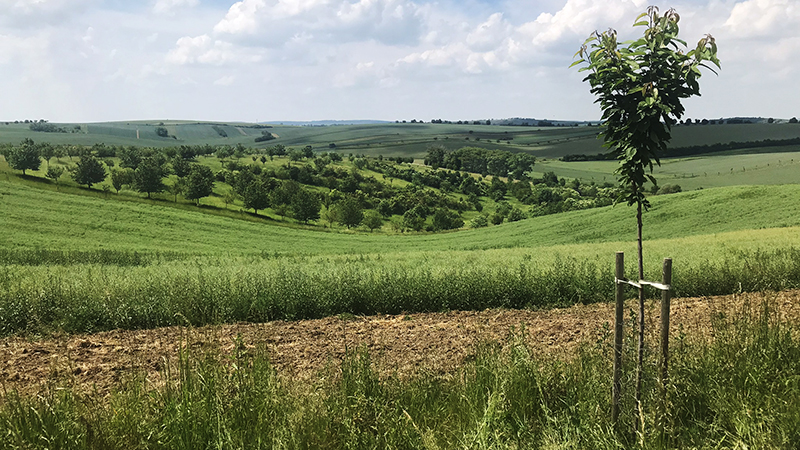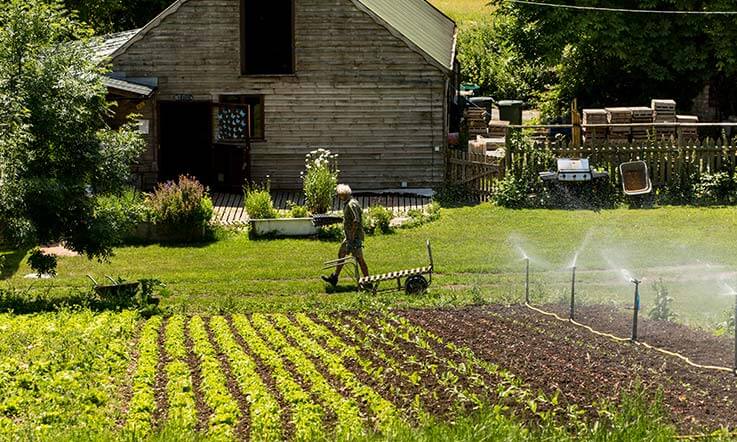EU support for agroforestry has grown over the last decade but more supportive policies and initiatives are necessary for it to reach its full potential as a key feature of a wider agroecological transformation to sustainable food and farming systems.

Agroforestry, the deliberate integration of trees and shrubs on farms, is a land-use system that combines crops, animals and trees and closely mimics natural and nutrient flow-processes. It doesn’t require fossil- fuel based inputs like fertilisers, herbicides, and pesticides. Agroforestry systems directly support the ambition of the EU Green Deal and contribute to multiple United Nations Sustainable Development Goals.
Since 2005, the EU has incrementally increased its support of agroforestry, including through the Common Agricultural Policy (CAP). However, uptake remains relatively low due to several factors including, but not limited to, lack of conceptual understanding and knowledge –as well as a lack of clear grants and funding opportunities. In addition, our research shows traditional silvopastoral agroforestry systems are still in decline.
Therefore, the EU-funded project AGROMIX has published a white paper, “Transforming European Food Systems with Agroforestry”, outlining five key policy recommendations co-designed by a large group of stakeholders in many European countries, over the last four years.
The AGROMIX Project clearly lays out the policy needs for transformative agroforestry to be firmly embedded in European food systems.
Coventry University’s Professor Dr Ulrich Schmutz, AGROMIX project coordinator, says:
Associate professor Dr Paola Migliorini, co-founder of Agroecology Europe and professor at the University of Gastronomic Sciences, Italy, says:
The recommendations outlined in this white paper build on existing EU regulatory frameworks, notably the CAP, which already provide avenues for the support and promotion of agroforestry practices. The EU should implement regulations and allocate public funding to promote the widespread adoption of ‘transformative agroforestry.’ The goal is to ensure that by 2040, more than 20% of the utilised agricultural area (UAA) is managed using this approach.
By embracing agroforestry, the EU can lead the way towards a sustainable, resilient, and equitable food system that meets the needs of present and future generations.
Full details, evidence and references are found in the text of the white paper. Further evidence is found on the www.agromix-project.eu website.
